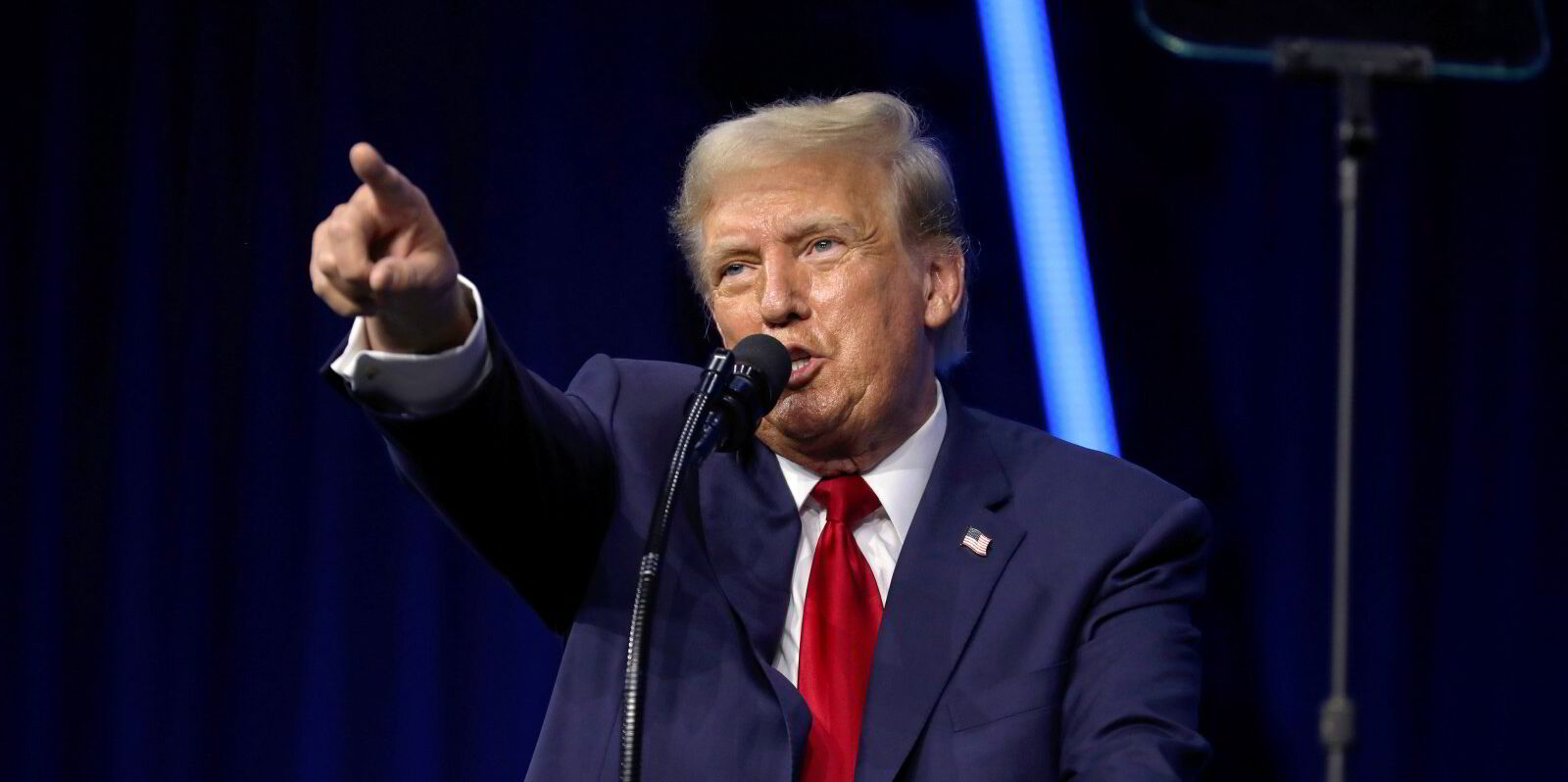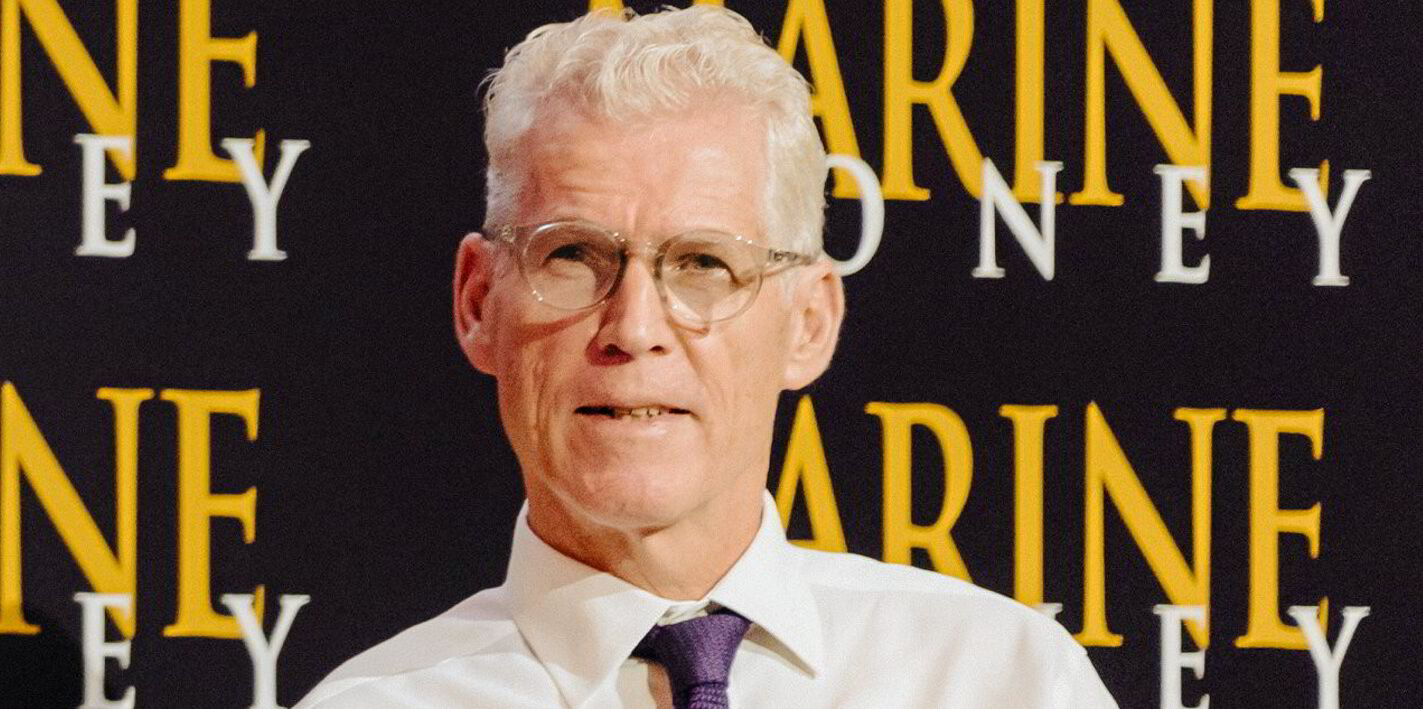Are the US election and an unresolved port strike stoking up demand in the container market?
Transpacific spot freight rates appear to have stabilised after months of decline and are rising again.
But how much of the rise is due to the fear of additional tariffs after the US elections or further port strikes is unclear.
Ocean Network Express chief executive Jeremy Nixon said: “In addition to the current geopolitical situation, the industry faces added uncertainty around the outcome of the US elections and US East Coast port labour situation.”
So far, there appears to be little evidence that shippers are front-loading cargoes to beat the threat of additional tariffs or a second strike by port workers.
Measures of consumption and inventory data in the US are normal or “actually probably a little bit on the low side compared to what you would expect”, according to AP Moller-Maersk chief executive Vincent Clerc.
“Which leads us to conclude that there is not a lot of evidence of a large pull forward or something unsustainable,” he said.

“If consumption was to drop, then there may be consequences on how many goods are needed.
“But at this stage, at least, what is coming into North America is supported by what is being consumed.”
Tariffs can be avoided
The Danish liner executive appeared reasonably relaxed on tariffs, given that demand is strong.
“What matters for us and our business is how much consumption there is,” Clerc told an earnings call on Thursday.
“Because tariffs, they can be avoided by sourcing from different geographies and doing different things.”
He said neither of the presidential candidates in the US wants to slow down economic activity or people to consume less.
“And whoever wins and whatever tools they choose to deploy, I think as long as the economy seems strong and that consumption is strong, there will be continued strong demand for container traffic.”
The enduring strength of the market is reflected in spot rates on the transpacific, which remain $1,000 to $1,500 per 40-foot equivalent unit (feu) above their April lows, notes Freightos lead researcher Judah Levine.
Asia-US West Coast rates were $5,336 per feu on 31 October, according to the Freightos Baltic Index — down from the July peaks, but still higher than any other level since the pandemic.
Stabilising
Spot rates from Asia to the US East Coast — which have dropped sharply since the three-day strike at the beginning of October — appear to have stabilised and even rose slightly to $5,247 per feu on 31 October.
That might reflect some volume strength out of concern for another port strike on 15 January, according to Levine.
Talks resumed last week between the International Longshoremen’s Association (ILA) and employers. Much will depend on whether they are able to reach an agreement.
“Port automation remains the major sticking point, and if there’s no progress in the coming weeks, anxious shippers may start increasing orders again ahead of another possible strike,” Levine said.
“As for the outcome of the presidential election, if Trump wins, his promise of sharp tariff increases may be enough to push many shippers to start buffering their inventories even before he enters office or officially announces tariff hikes.”
That happened in 2018, when looming tariffs led to increased ocean volumes and climbing rates.
That view is echoed by container analyst John McCown, who warned that “an ILA strike going into weeks would impact the US economy more than any strike in history”.
“It is not hyperbolic to say that a long ILA strike across the entire East and Gulf Coast would be cataclysmic for the US economy and almost as bad for the world economy,” he wrote in a monthly review.
McCown is scathing of “the spectre of extraordinary tariffs” if Trump is elected.
“The lunacy of such an economic plan is breathtaking,” he said.
He argues that there would be no real impact on inbound container volumes, but a noticeable impact on outbound volume due to countervailing tariffs.






